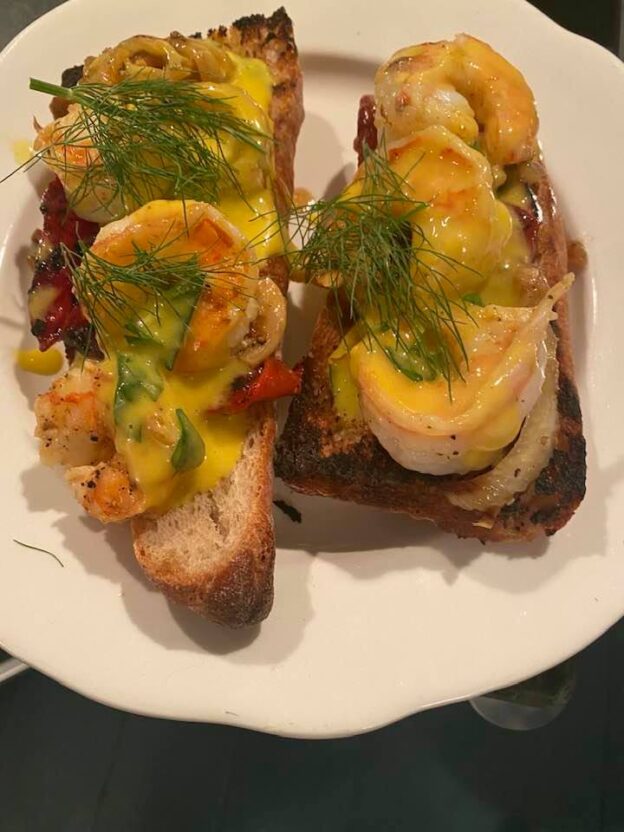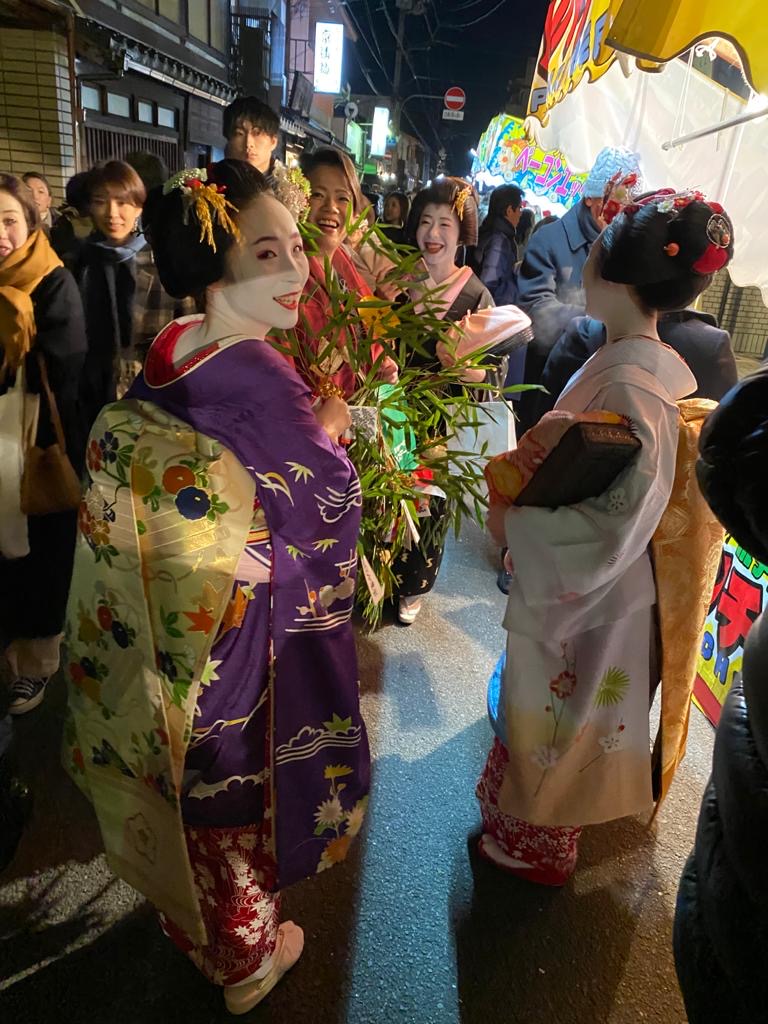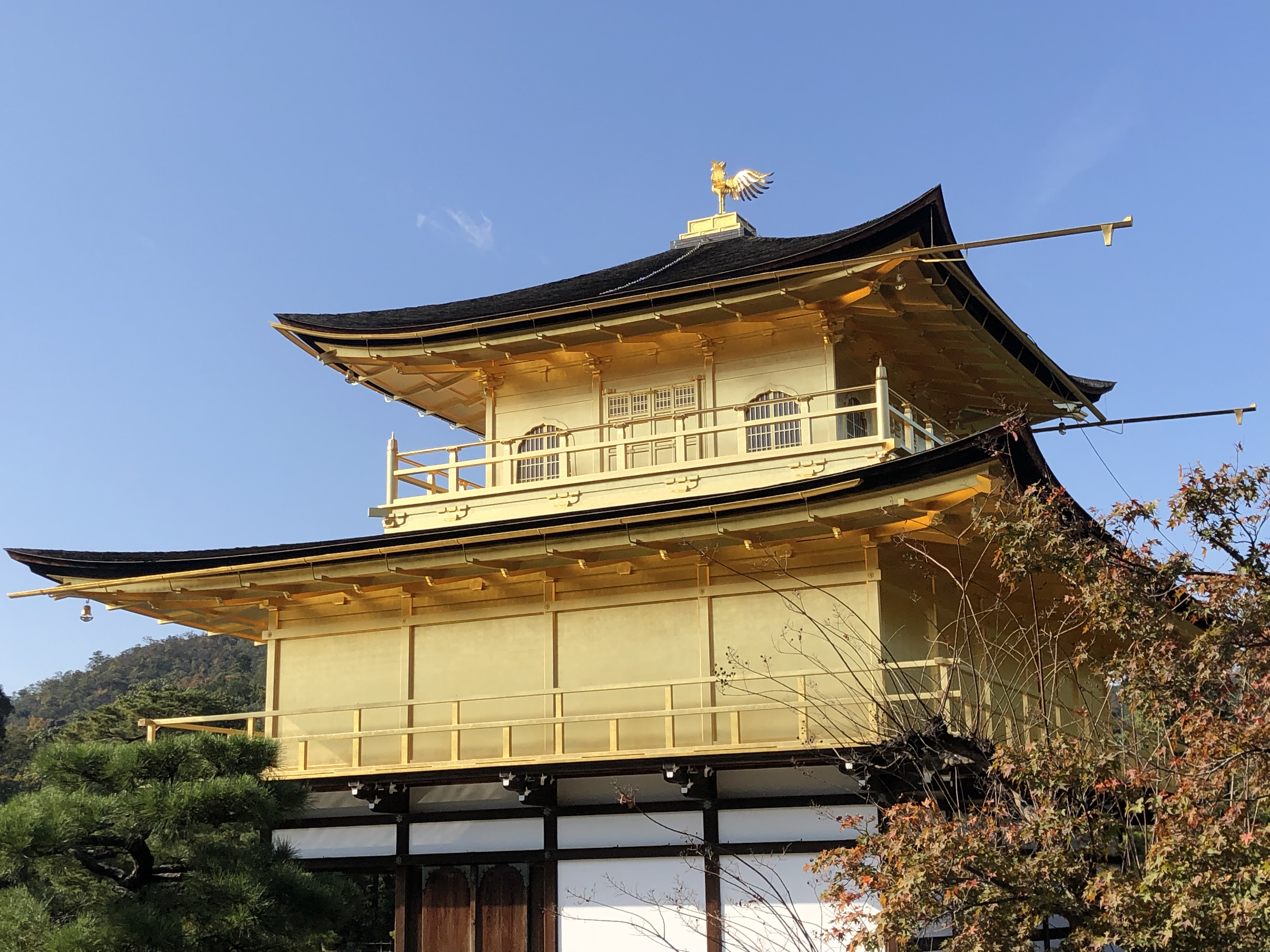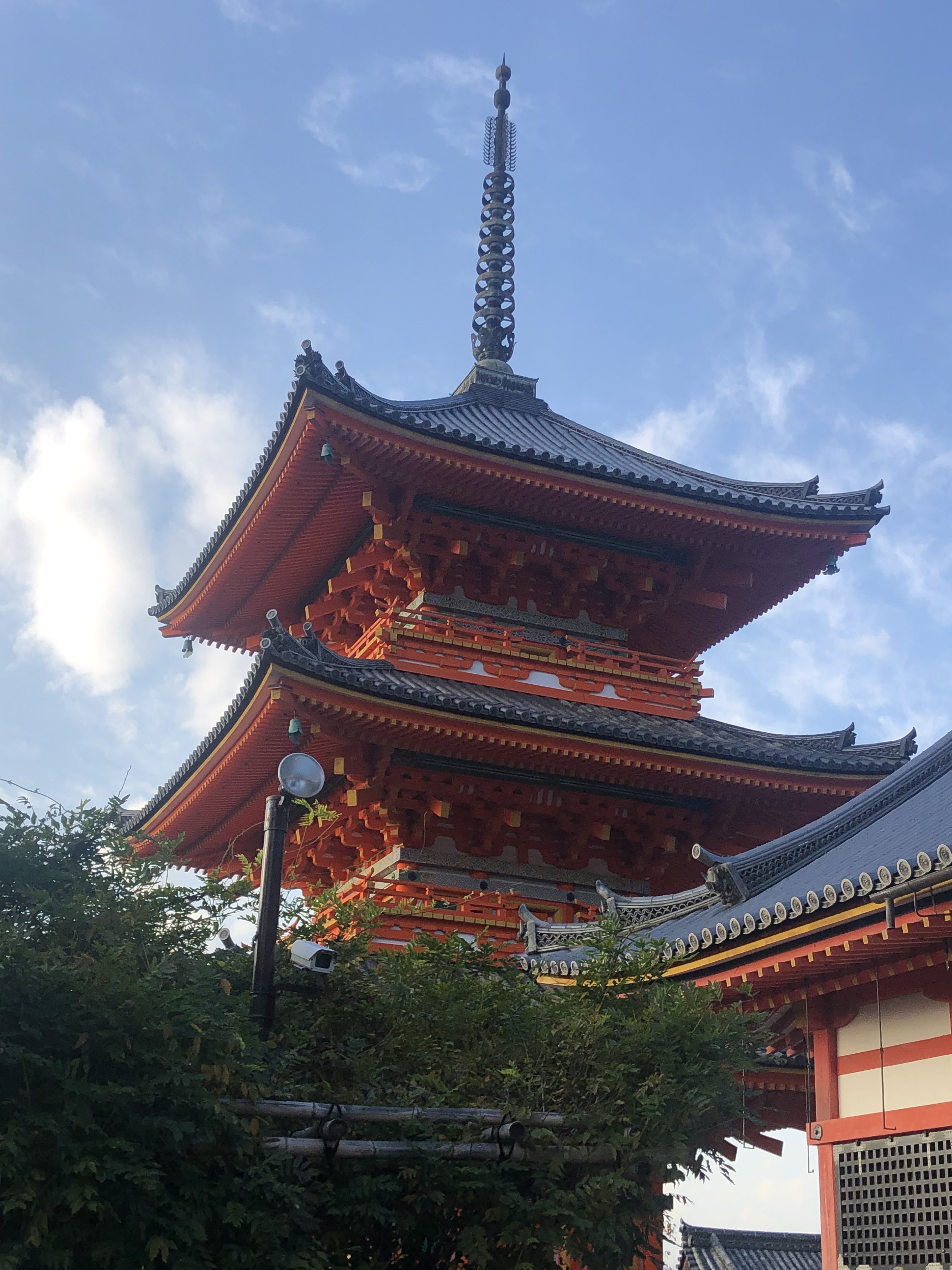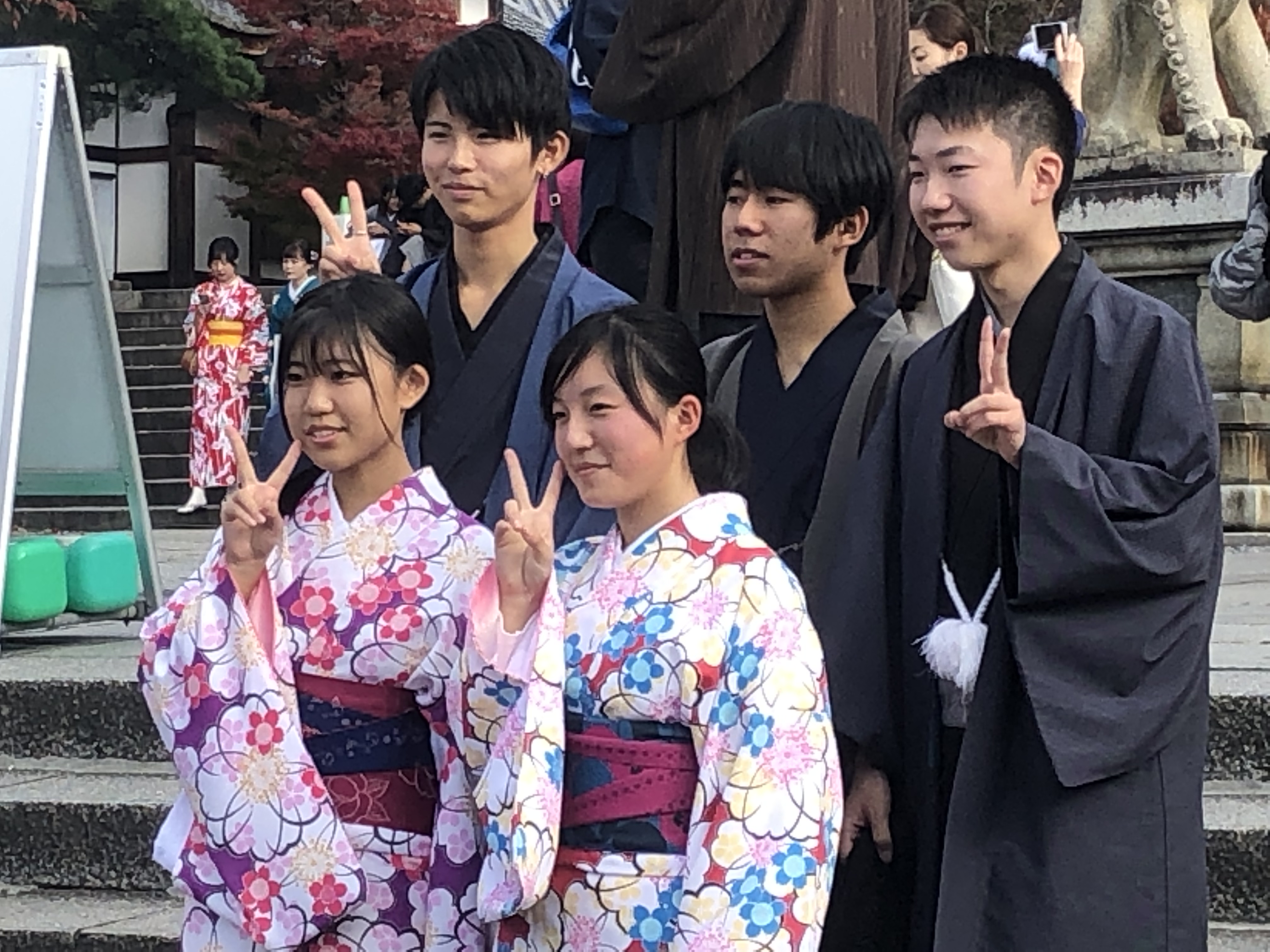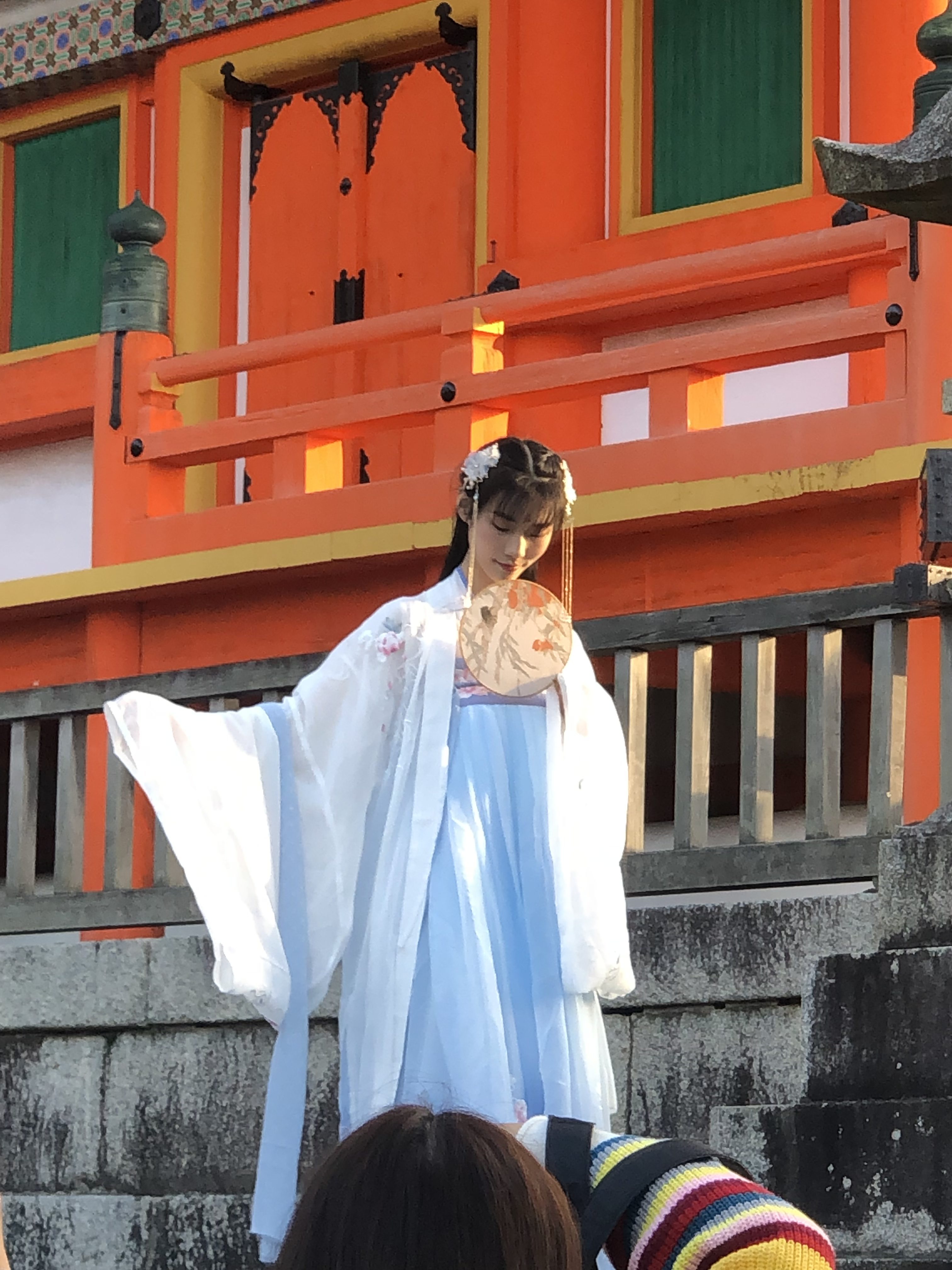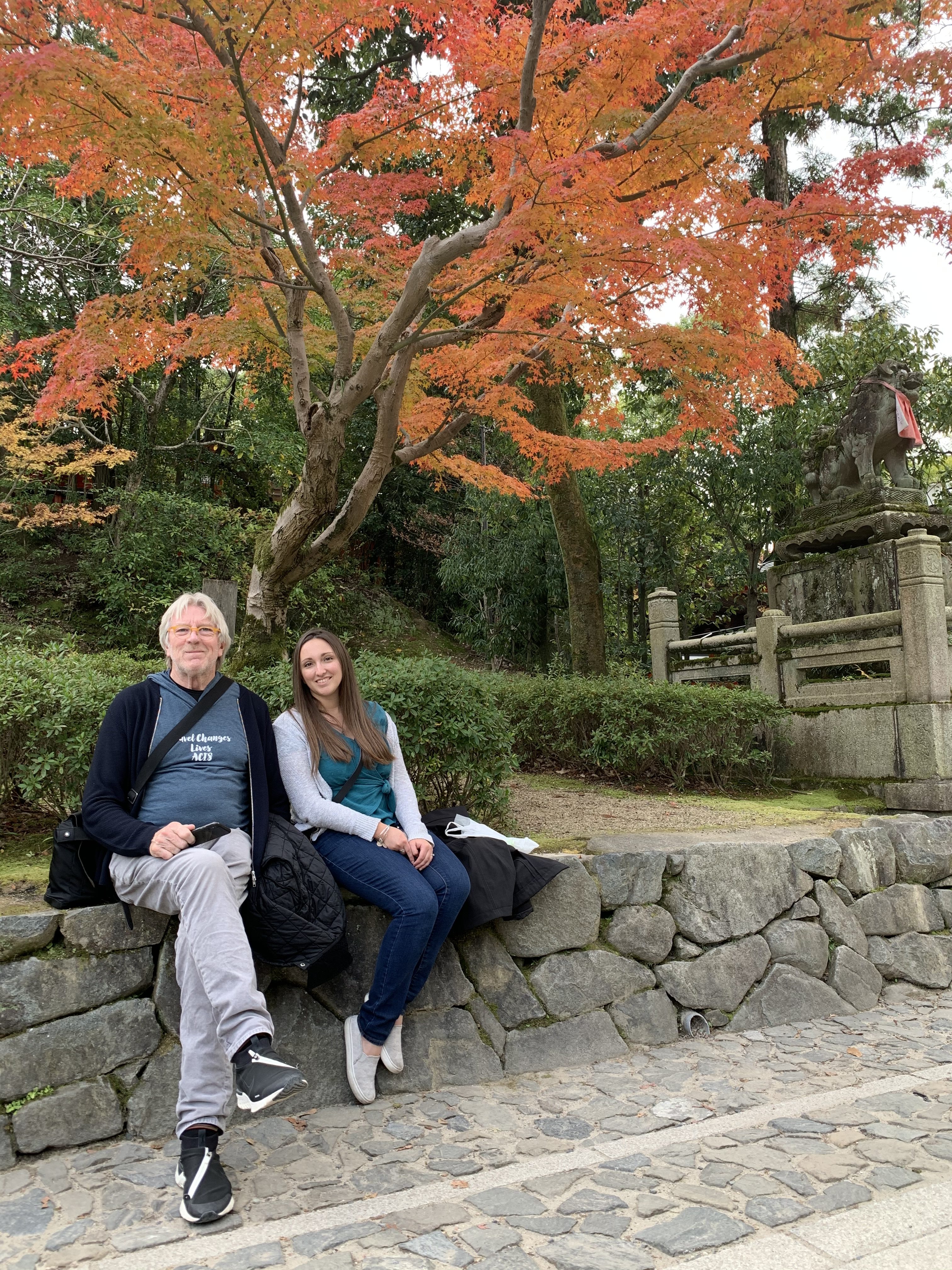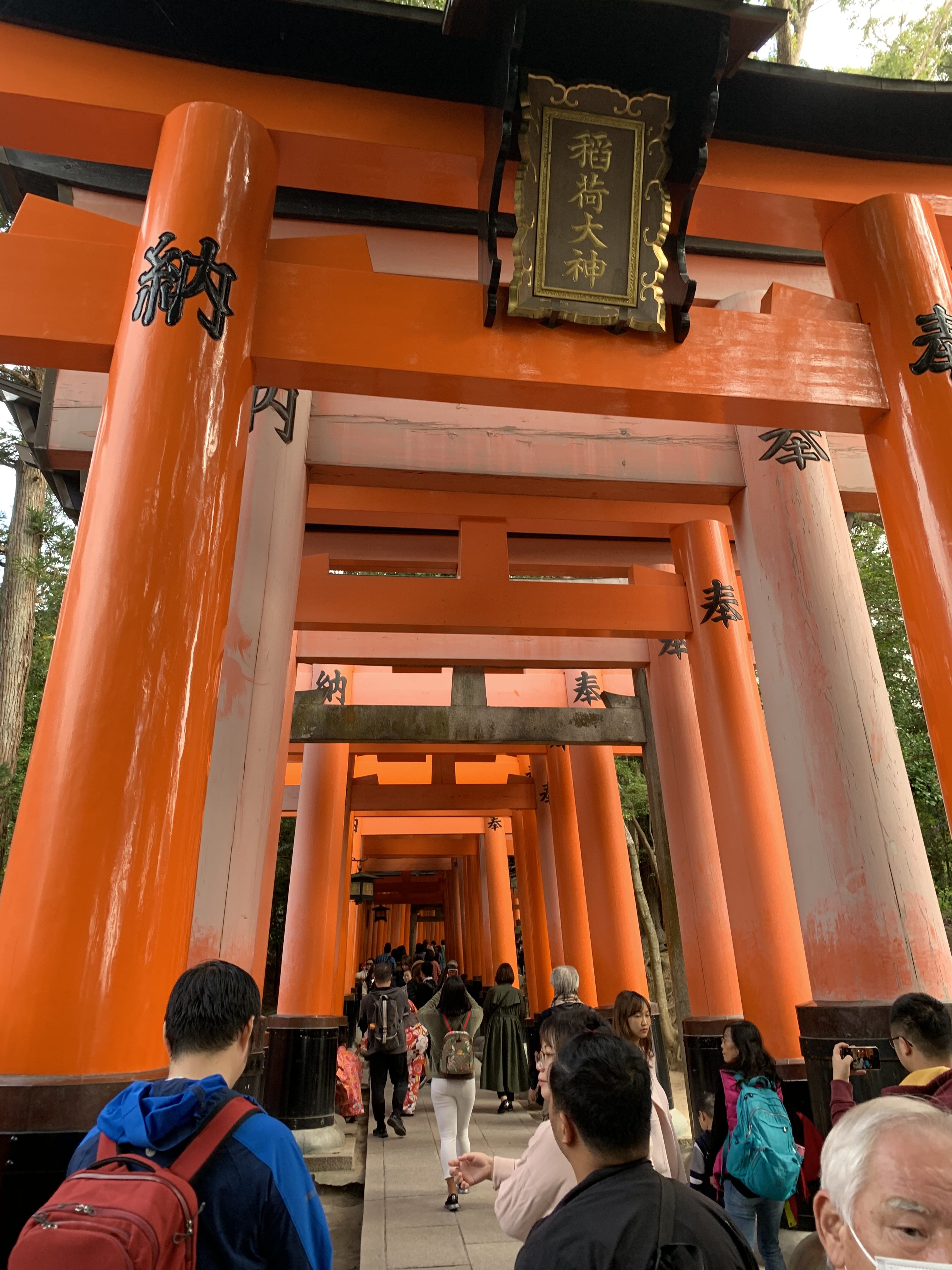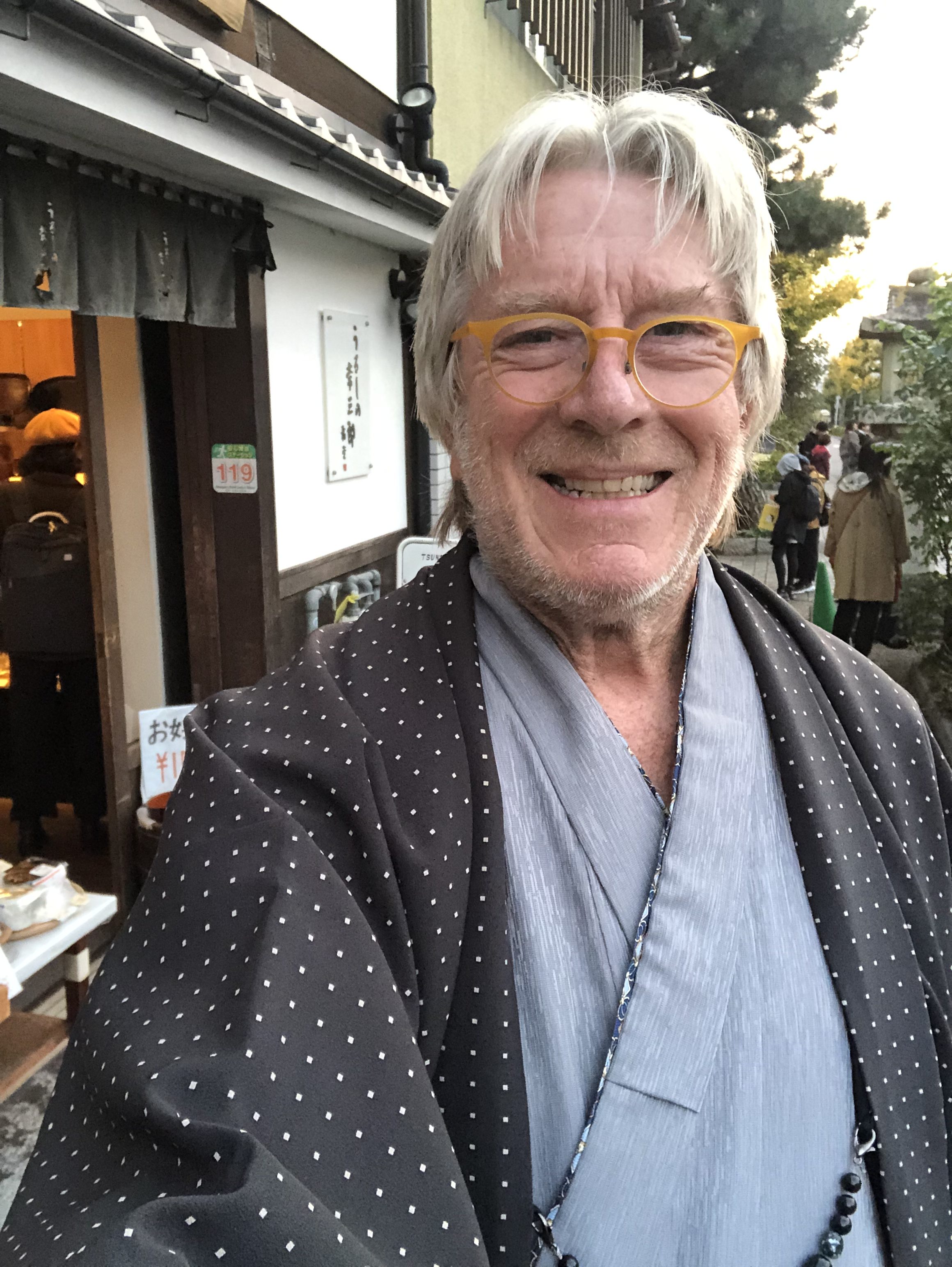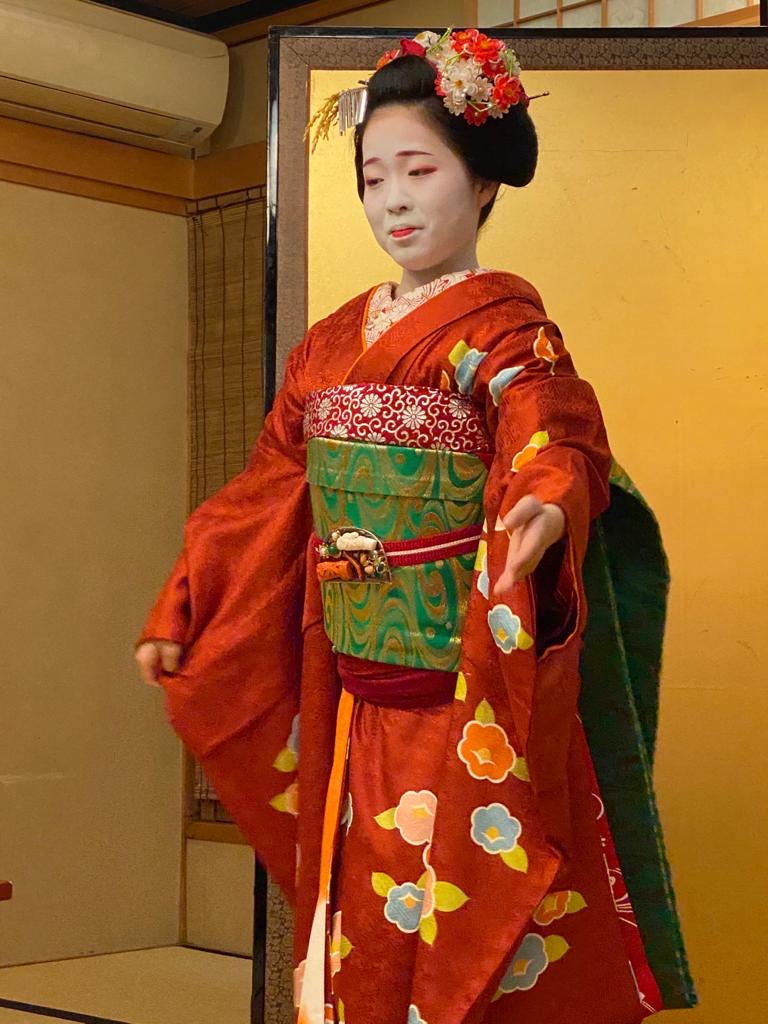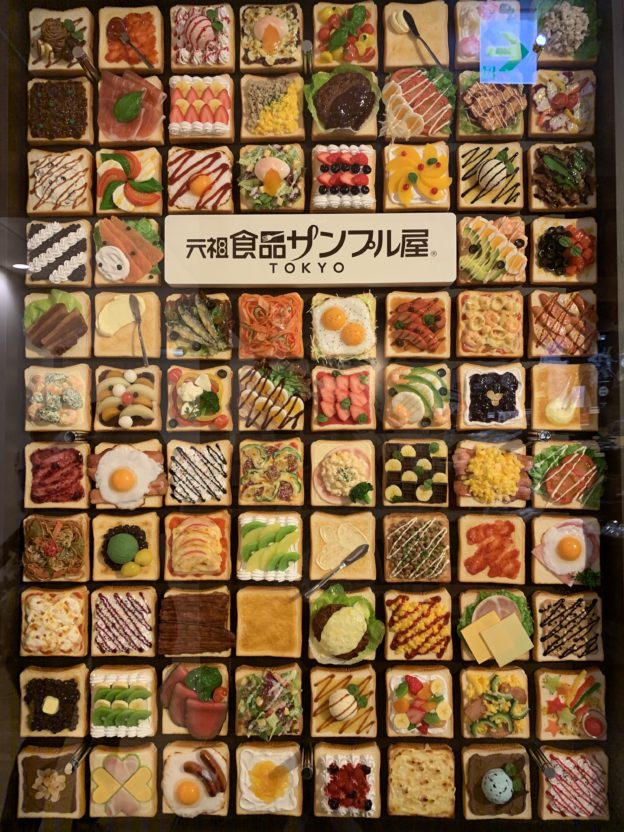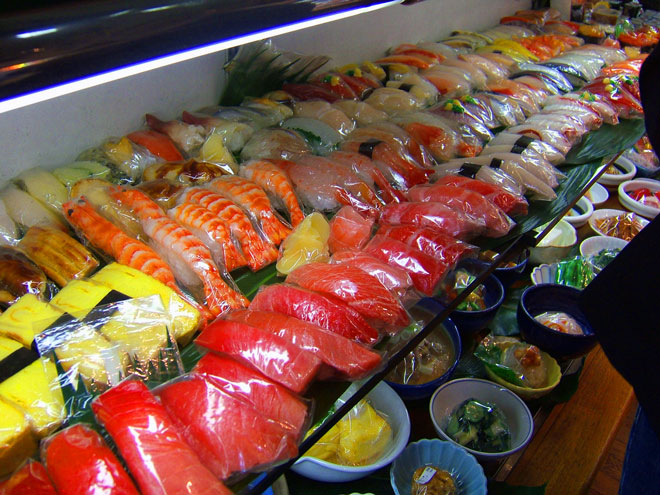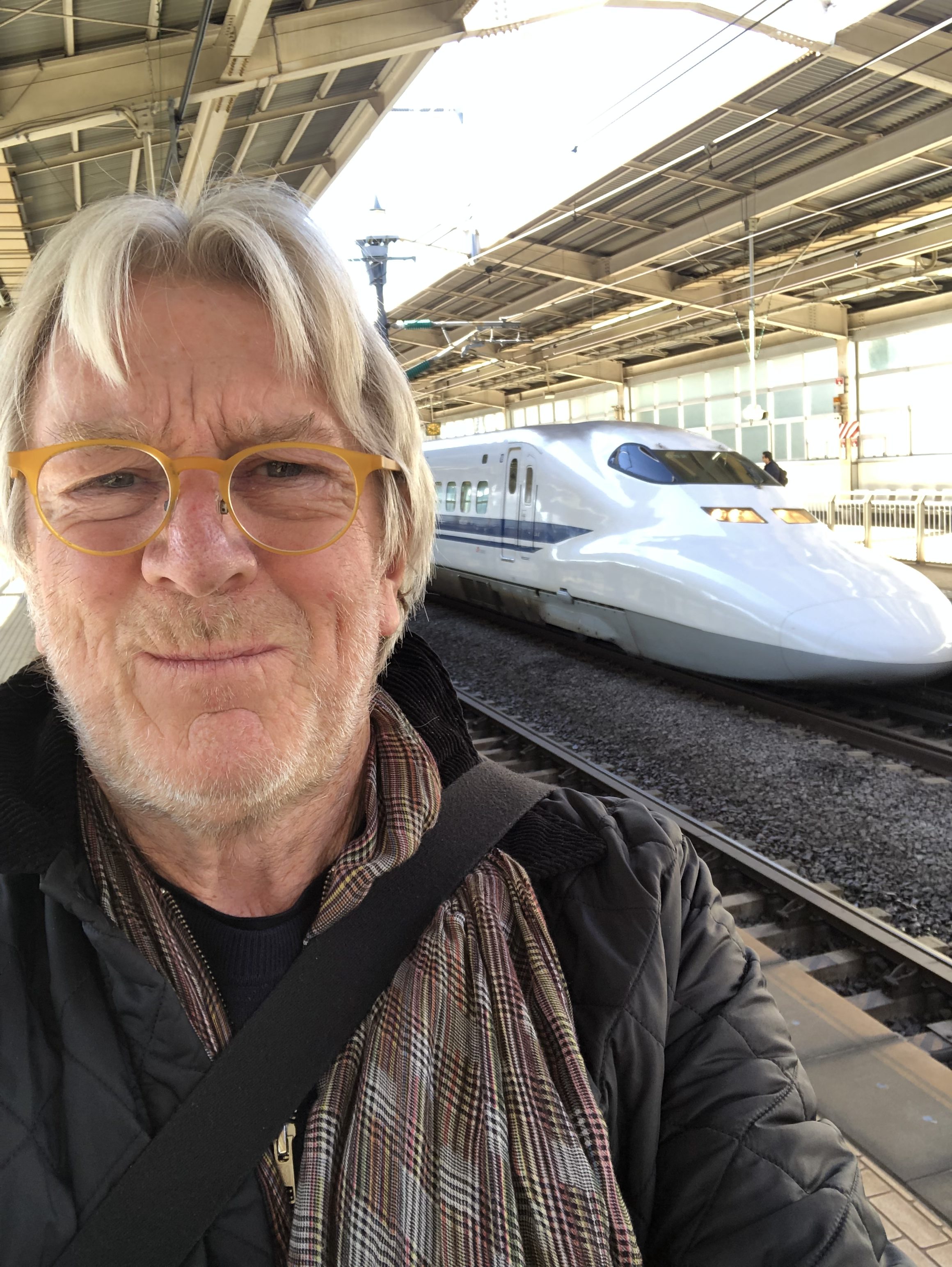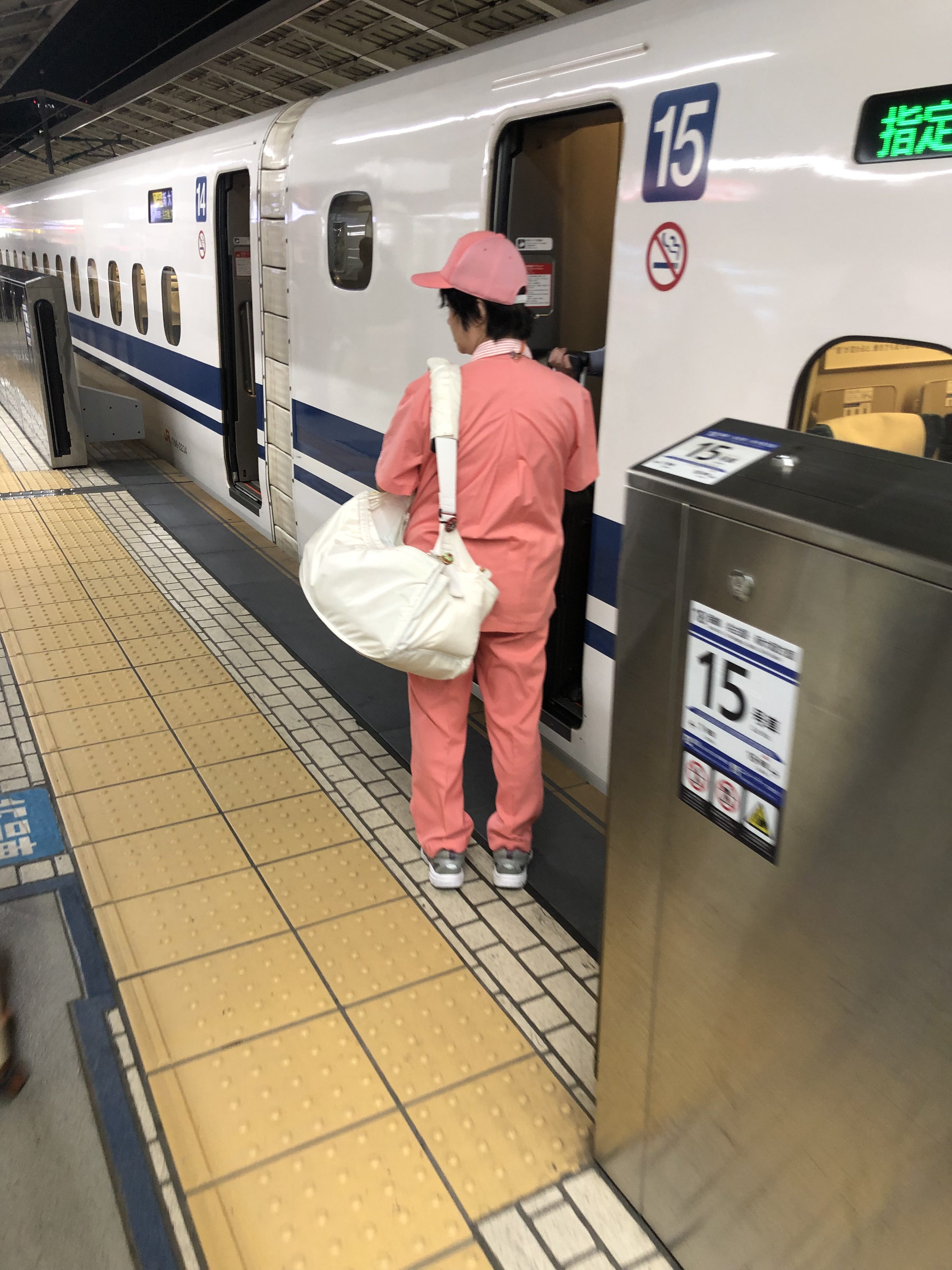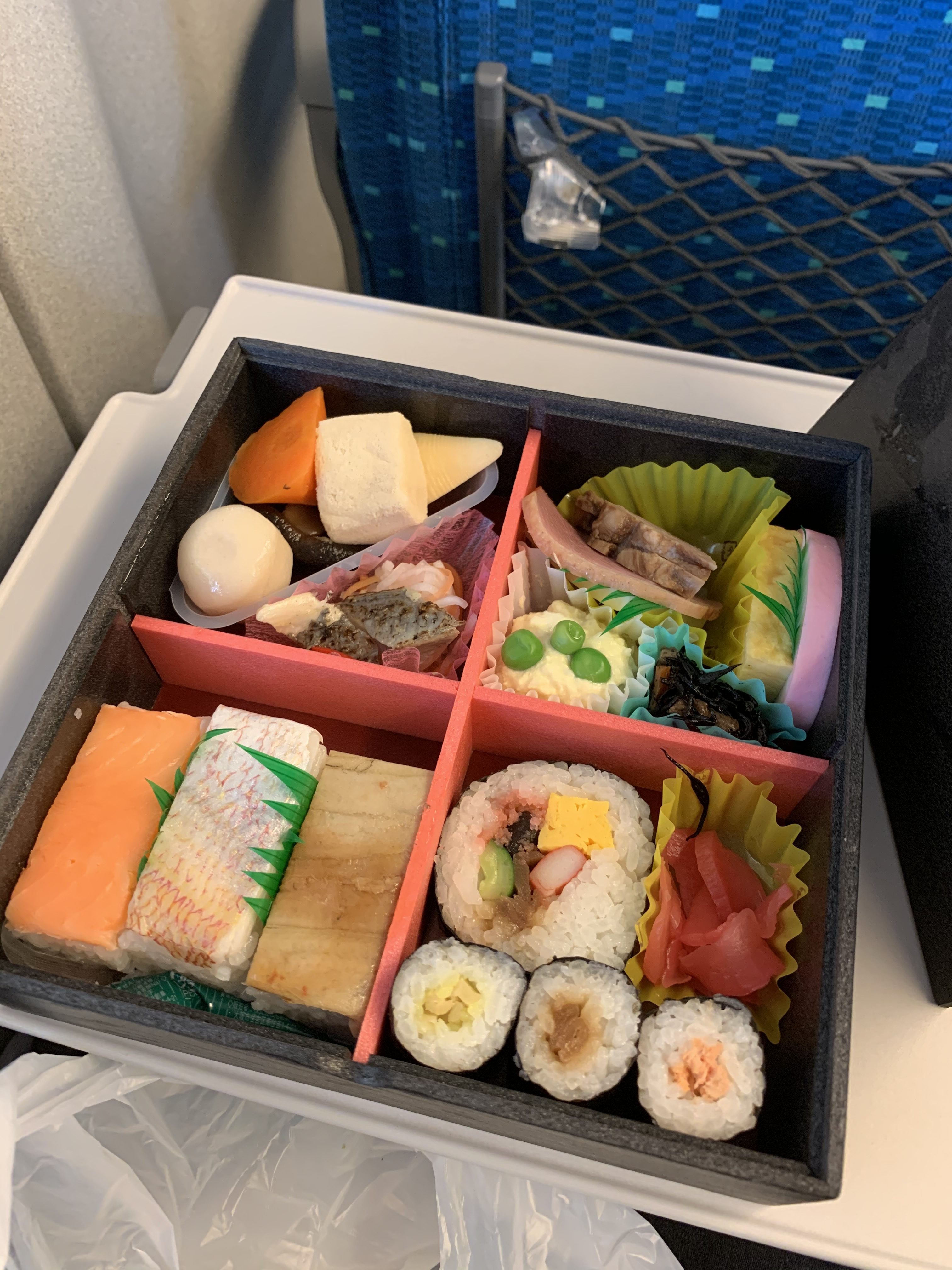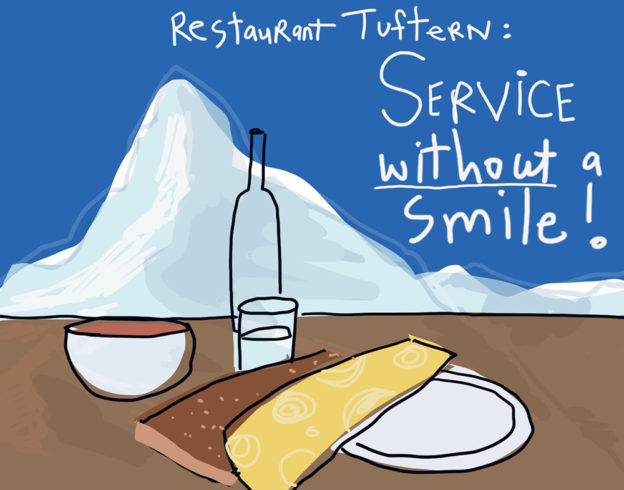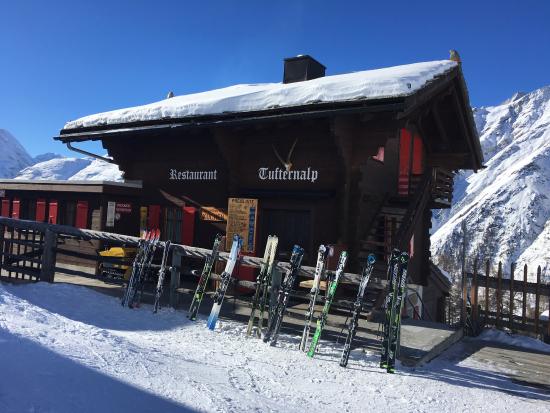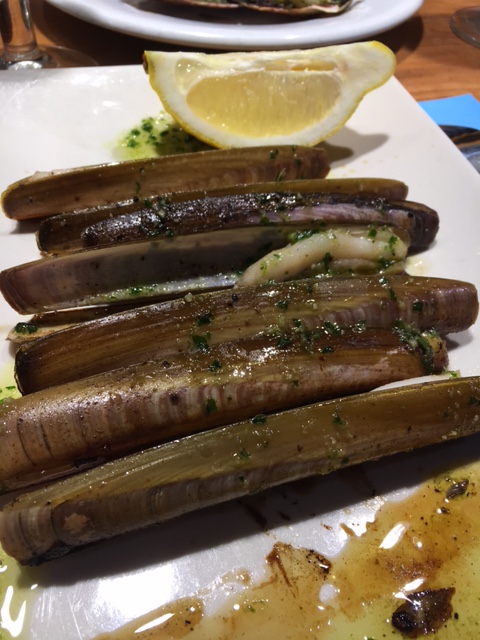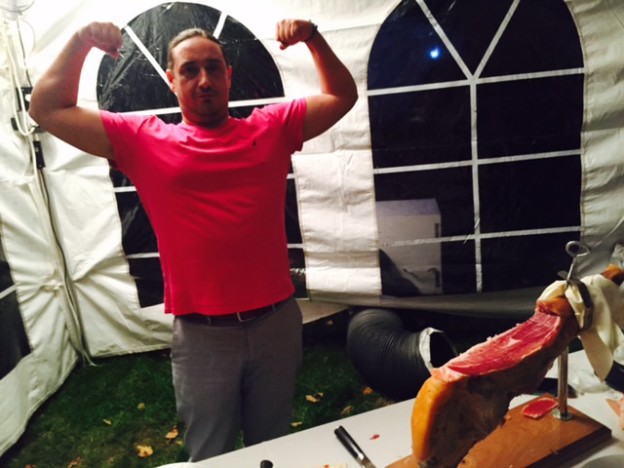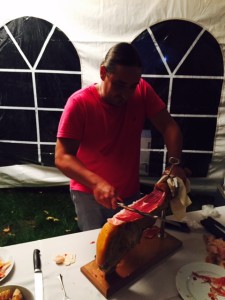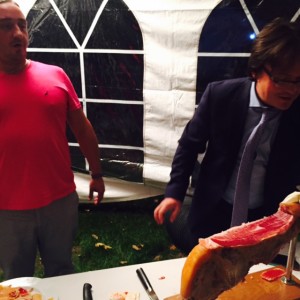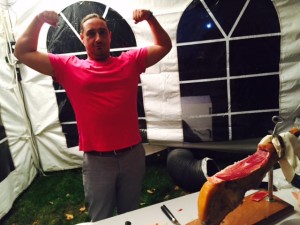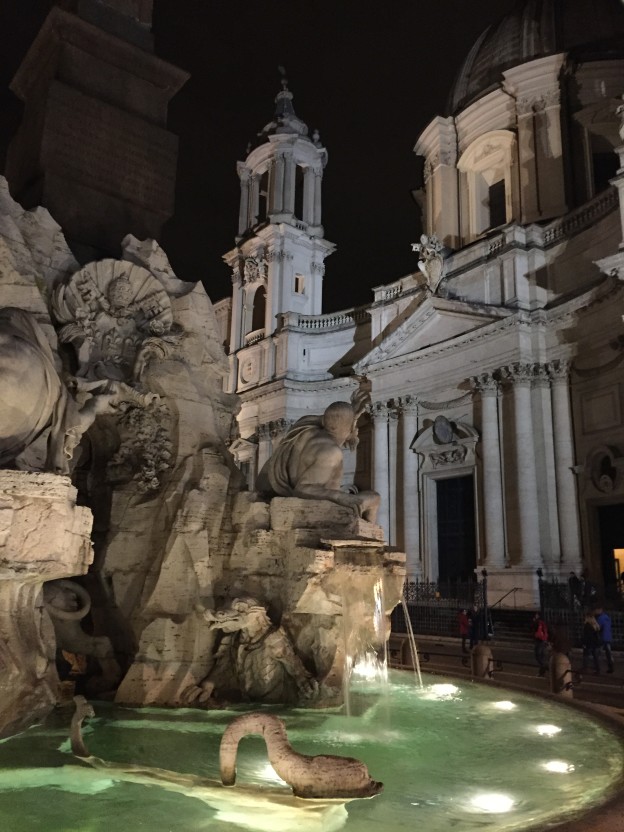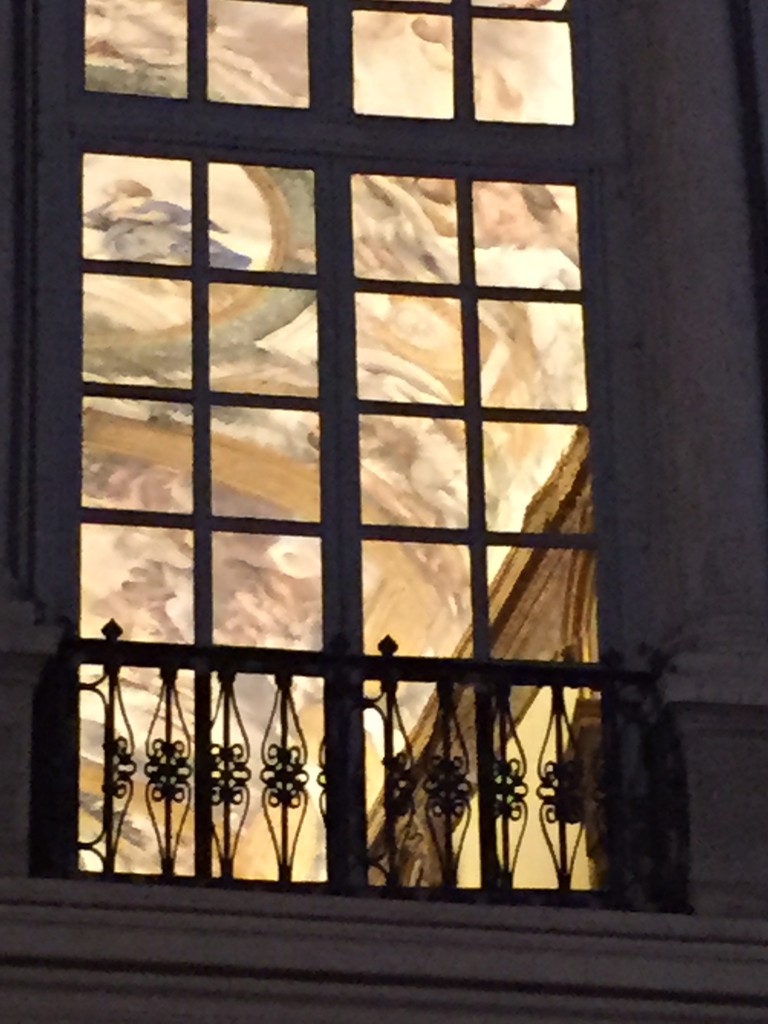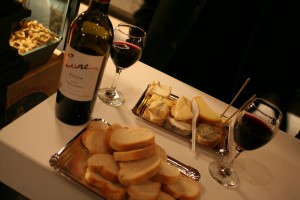I like cooking and always have. I think I was inspired by my childhood growing up in London. My mum was a terrible cook, and I grew up in the post-war period when rationing was still around. We had to supplement our diet with cod liver oil, halibut orange tablets, and spoonfuls of malt along with the customary bottle of milk at school. There were no eggs, no bananas, and in those days, cooking was just a matter of assembling what you could and feeding everybody with whatever was available. Things like garlic never reached the shores of England. I can remember the French would come over on their bikes across the channel from Calais with strings of onions and would sell them through the streets of London. That was about as exotic as it got. My mum would always burn the onions, and to this day, I still love the taste of burned fried onions with mashed potatoes.
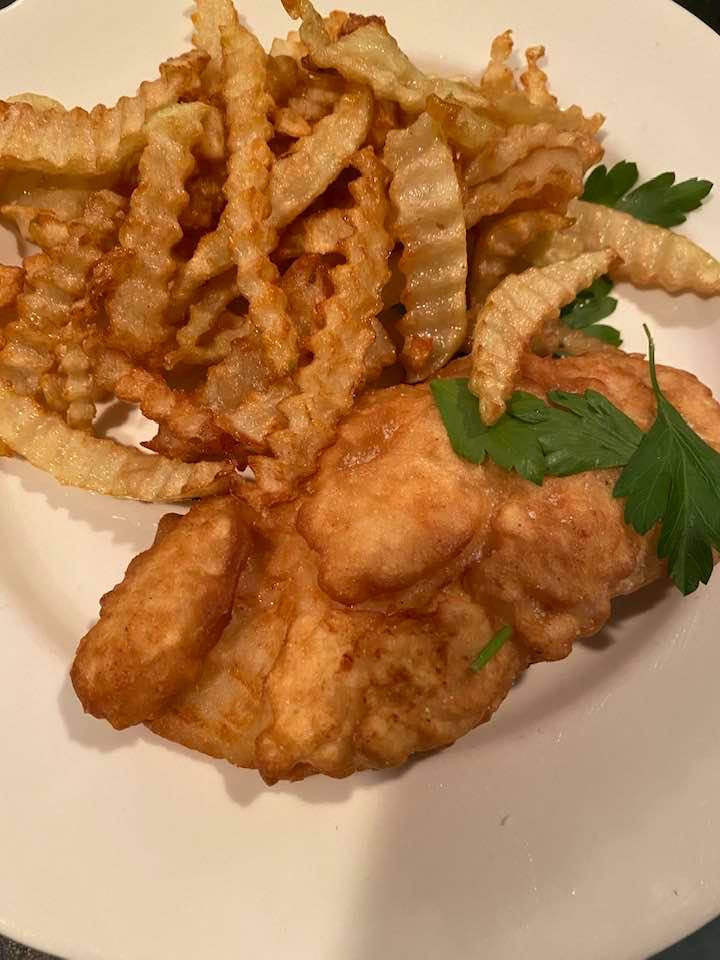
Fast forward to the pandemic and everybody suddenly started to become creative and innovative because there were no restaurants. Money was tight and there were lots of chefs giving free video cooking lessons on the internet. All of us probably became better cooks – a positive from this pandemic. Some of us who cannot cook were likely tempted to think that they could and terrorized their family and friends with dishes they should not be experimenting with. Everyone probably said in a muffled voice, “This is really good. How did you make it?” while thinking to themselves, “When will this pandemic end because these people can’t cook!”
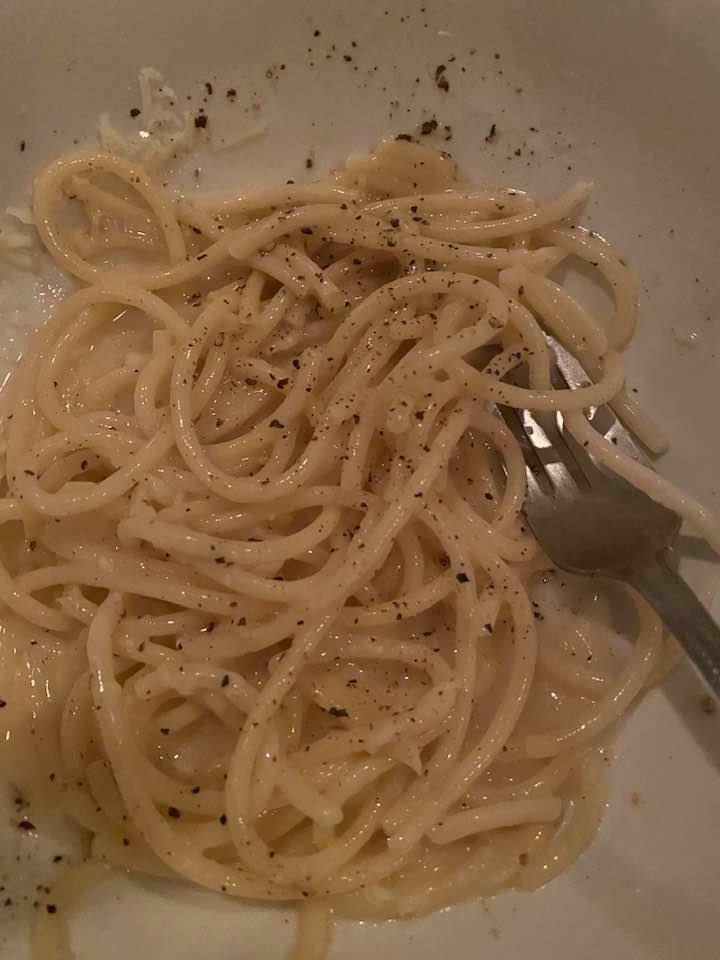
But cooking is fun. It is a process and all of us, even the non-cooks, can begin to appreciate how complicated and difficult it is to prepare a meal for a few people, let alone many more at a restaurant every night. Out of this whole thing, I have a deep appreciation for all of the chefs at all restaurants that I miss going to. All of the inspiration for the dishes that I try to concoct have come from the restaurants I used to go to and no longer can at the moment.
The other week, one of my favorite restaurants, Gypsy Apple, opened for the first time since the pandemic started – Chef Michelangelo Wescott, it was good to have you back again. At least one meal can be prepared professionally now. For the rest of us, we can go about our ways with experimenting, coring artichokes, preparing pastas, and baking cakes as best we can, given the fact that our confidence has been boosted by the mere fact that there is no choice. And we will still continue to say things like, “This is really good. Do you have the recipe for it?”, when it was plainly inedible, and you hope to God that the restaurants will open soon.
Check out this video of me making Carciofi alla Romana!

